You’ve heard o’ Paul Jones, have you not, have you not?
And you’ve heard o’ Paul Jones, have you not?
How he came to Leith Pier, and fill’d the folks wi’ fear,
And he fill’d the folks wi’ fear, did he not, did he not?
And he fill’d the folks wi’ fear, did he not?
This is the story of how, in 1779, Leith nearly fell to an American invasion led by a man who was born in Arbigland, Kirkcudbrightshire – and why Leithers should always be thankful to the people of Kirkcaldy!
Whether or not this is a tale of piracy, we’ll leave it to you – the reader – to be the judge.
Running away to sea
John Paul was born on the Solway Coast on 6 July 1747, the son of a gardener.
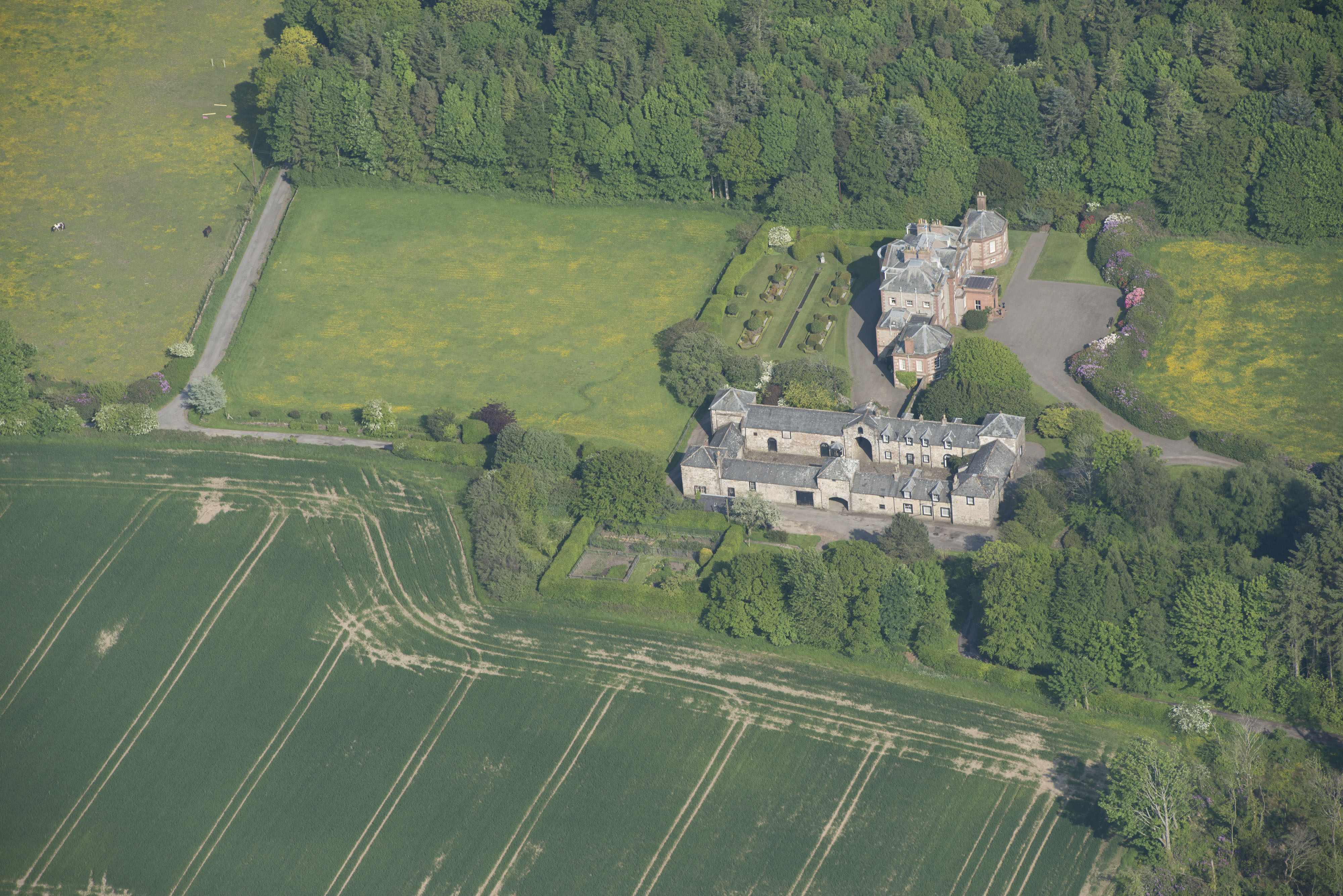
The estate where John Paul Jones grew up.
In 1760, at the age of 13, he began his seafaring life as ship’s boy on the brig ‘Friendship’, sailing out of Whitehaven, across the Solway, and plying its trade to the West Indies and Virginia. Aged 17, he became the third mate on the on the ‘King George’ of Whitehaven. This was one of two ships built in Whitehaven specifically for the Trans-Atlantic Slave Trade system. Two years later, in 1766, he transferred as first mate to another slave ship – the brigantine ‘Two Friends’ of Kingston, Jamaica. A year later, Jones quit the slave trade, calling it an ‘abominable trade’. However, by that point he had already made a considerable amount of money for himself, profiting from the misery of those he traded into a life of slavery in the West Indies.
The following years saw his career mired in controversy, with accusations of abuse and murder. In 1775, with events working up to the American Revolution, Jones returned to Virginia and joined the fledgling ‘Continental Navy’ – the navy of the United States during the American Revolutionary War.

Pirate or patriot?
Jones returned twice to his native land. In 1778, as captain of the Ranger, he set alight to several vessels anchored in Whitehaven harbour. Then he lead an audacious raid on the Earl of Selkirk’s home in Kirkcudbright, hoping to kidnap the Earl.
The invasion caused panic among the locals and when his crew found the Earl was not at home they looted the silver at the mansion. (Apparently Jones felt some regret for this incident and purchased the silver himself and returned it after the war was over with a letter of apology).
The following year Jones returned to cause more panic along Scotland’s coast, this time with his 40-gun warship Bonhomme Richard leading a small flotilla.
They swept up through the Western and Northern Isles heading for Scotland’s east coast. The cunning naval captain tricked an unfortunate master of a cargo ship into divulging that the towns along the Forth were left vulnerable after their guns had been confiscated and taken to London after the battle of Culloden.
This news confirmed Jones’s plan to take Leith and demand a huge ransom from its “worshipful mayor and corporation”.
Kirkcaldy saves the day
As his ships entered the Forth, local people prayed for a miracle.
Among them was Revered Shirra, minister of Kirkcaldy. Gathering his flock on the beach, Shirra turned his eyes heavenward and uttered:
“Now deer Lord, dinna ye think it a shame for ye to send this vile piret to rob our folk o Kirkcaldy; for ye ken they’re puir enow already, and hae naething to spaire.”
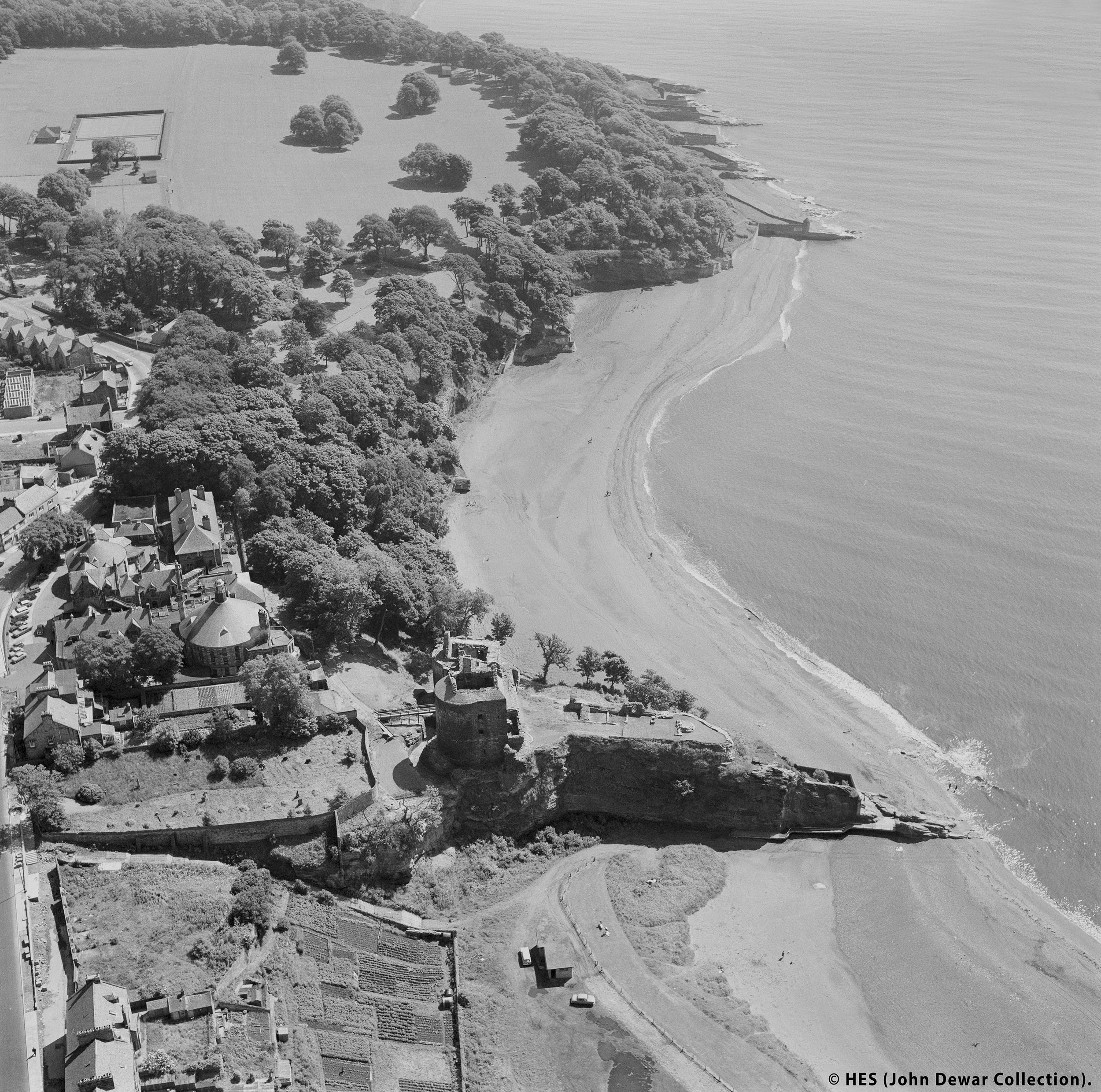
An archive image of Kirkcaldy beach where Rev Shirra led prayers to fend off John Paul Jones
Then, out of the blue, the miracle came. No sooner had the words left the reverend’s lips than, in Jones’s own words,
“a very severe gale of wind came on, and being directly contrary obliged me to bear away after having in vain endeavoured for some time to withstand its violence.”
Jones sailed out of the Forth and into the history books. A week later he was involved in a battle with the Royal Navy’s latest warship, the 44-gun HMS Serapis (pictured below).
During a desperate, day-long fight, John Paul Jones uttered the immortal words ‘I have not yet begun to fight’ as his ship began to break up. Eventually, the Americans captured the Serapis and it was Jones who sailed her across to Holland and a hero’s welcome.
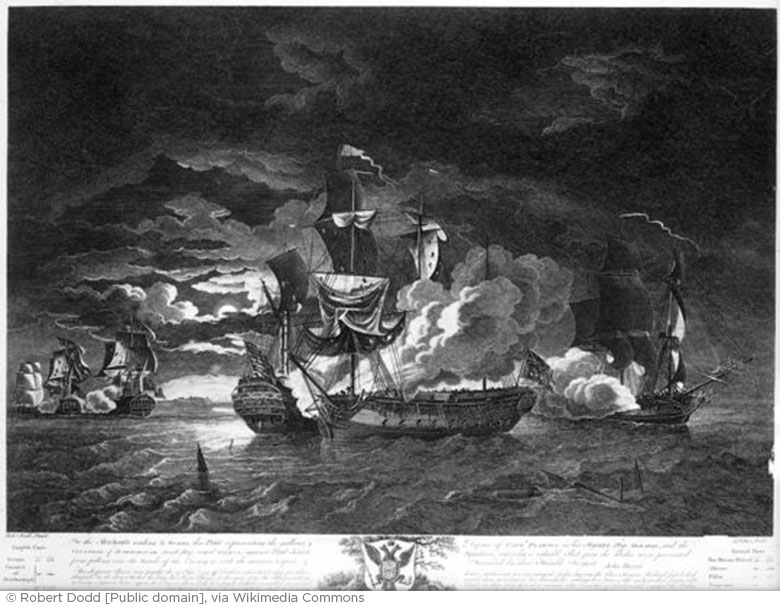
Fortifying the Forth
The near-escape by the people of Edinburgh, Kirkcaldy and the Forth ports highlighted the vulnerability of the Firth to enemy attack.
In 1780 Leith Fort was built to a design by the celebrated architect James Craig – the mastermind behind Edinburgh’s stunning New Town (it was largely demolished in 1960).
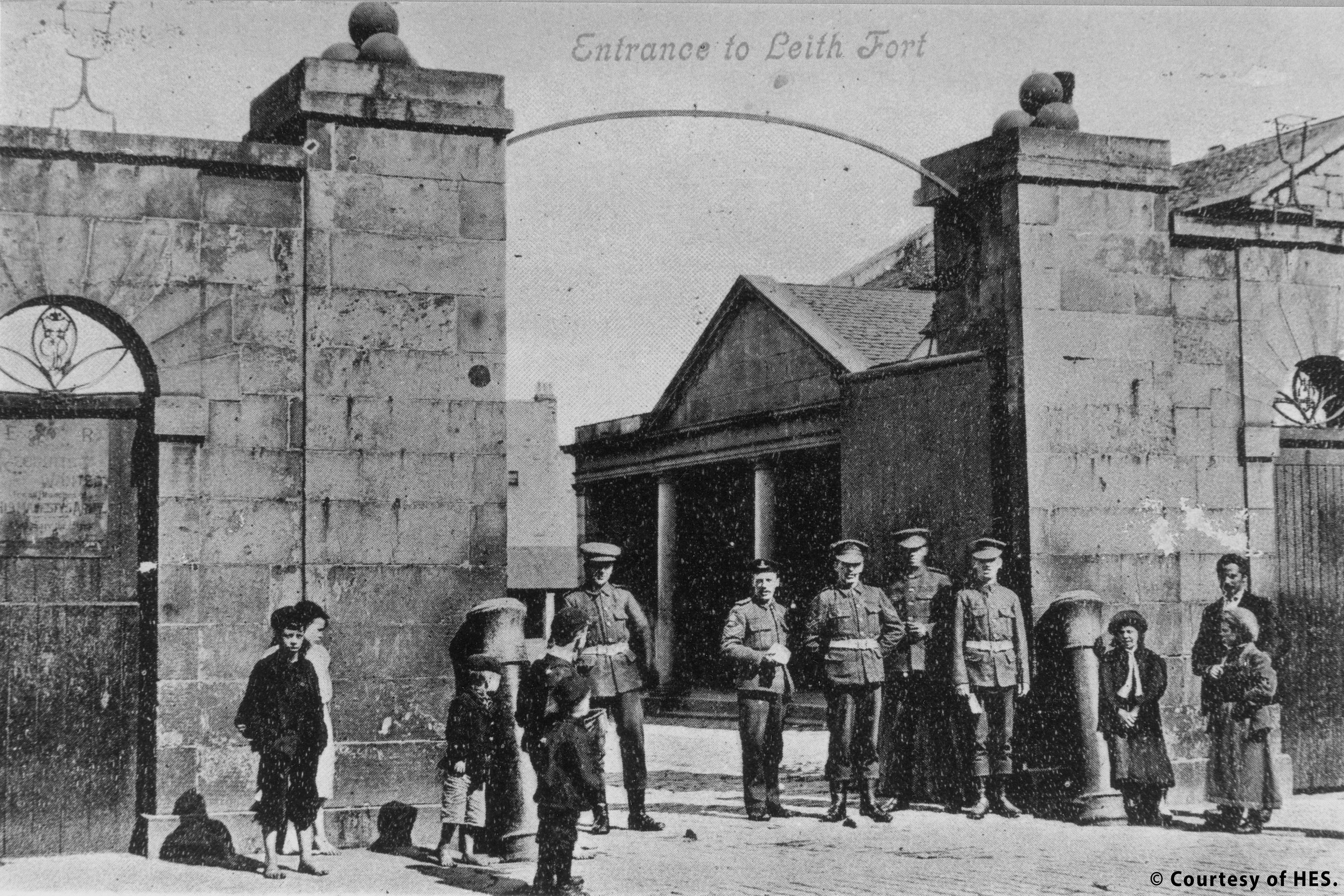
In the following year the well-preserved gun battery on Lamer Island, in Dunbar’s Old Harbour, was built to defend the entrance into the Firth; it last saw use as an invalid hospital for soldiers during World War I.
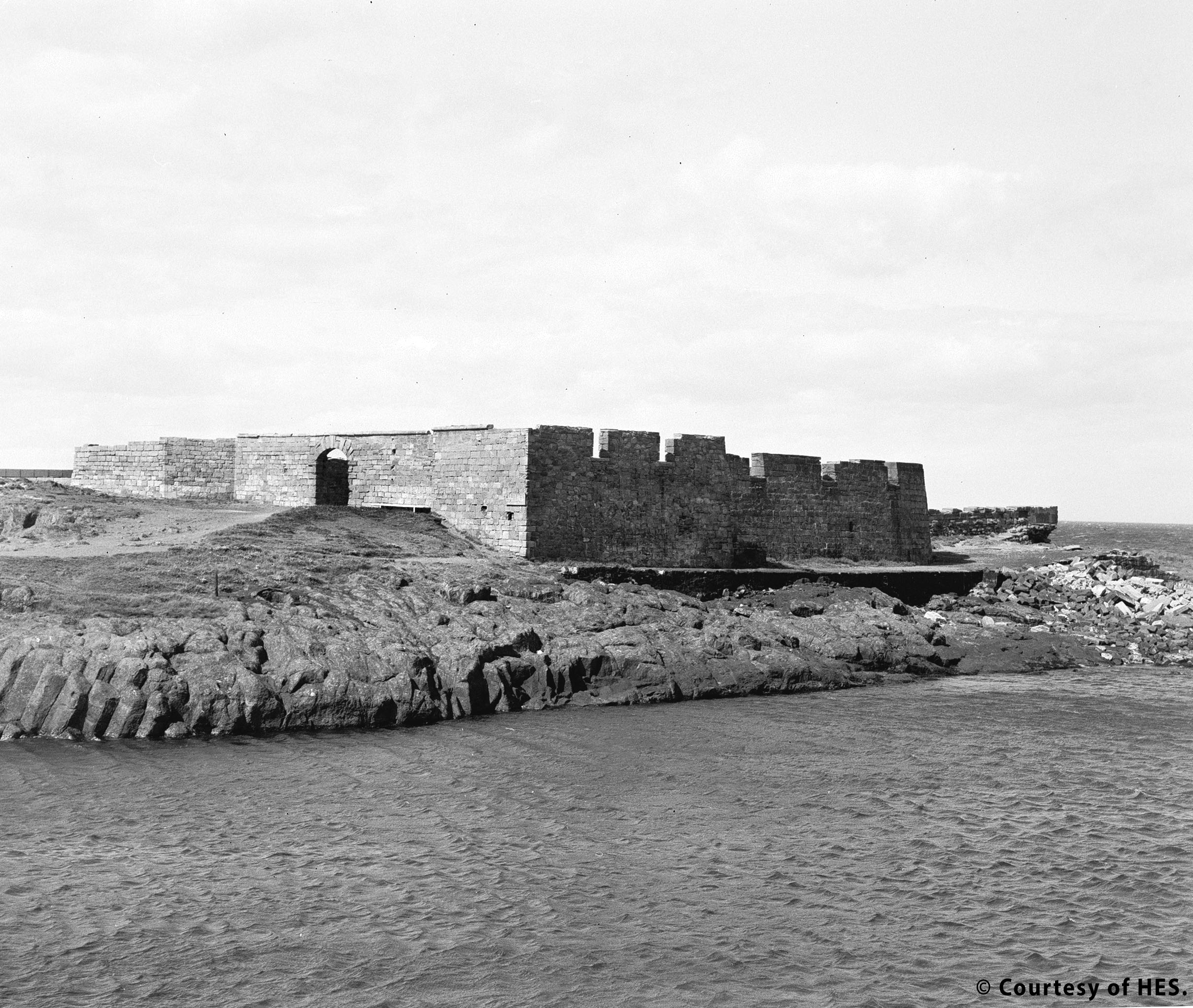
This blog is based on the story of John Paul Jones which originally appeared in the Historic Scotland guidebook Edinburgh Castle Prisons of War by former Principal Inspector of Ancient Monuments Chris Tabraham.

